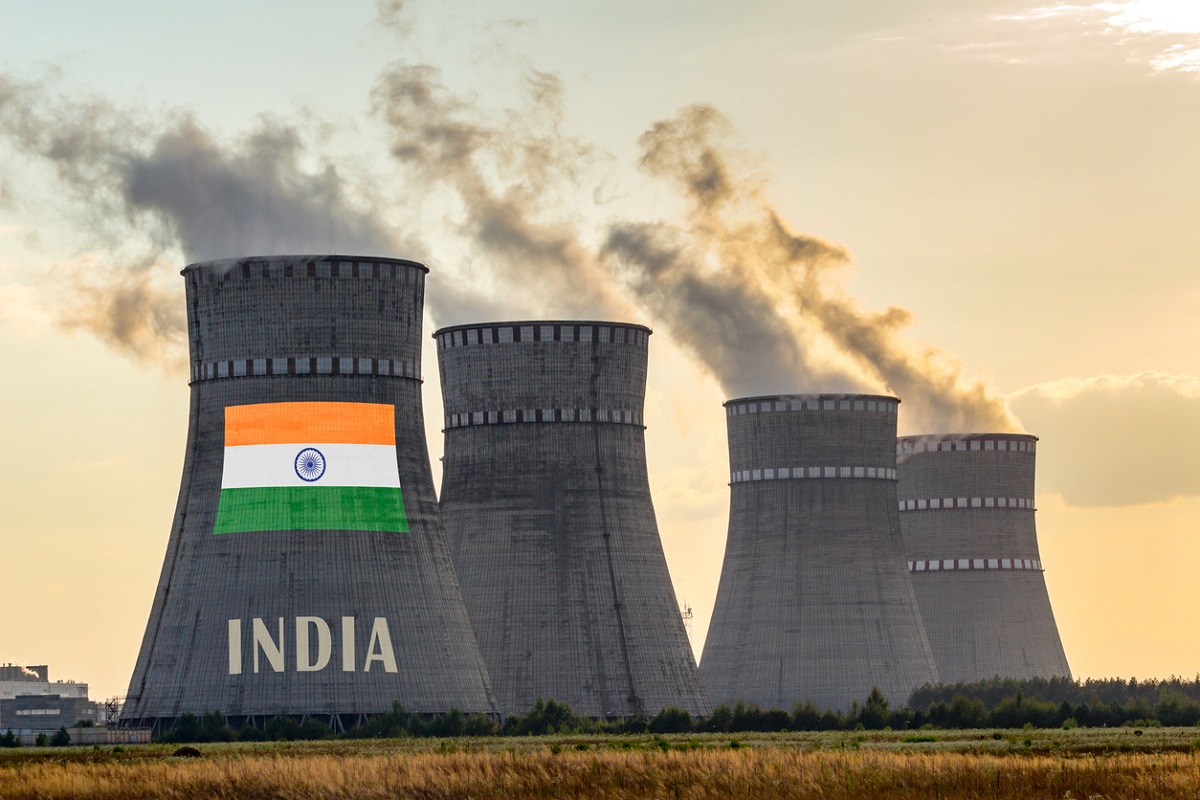India is soon going to have over a dozen domestically built Pressurized heavy water nuclear reactors to meet its energy requirement specially to balance solar power supply to the grid.
Since Solar power generation is there only during day time and its voltage keeps fluctuating due to intensity of the solar radiation, there is a serious need to balance power supply to the grid. The solution to this would come from Nuclear energy, which would help in bridging the gap, said a senior officer of the Power Ministry.
Advertisement
The indigenously developed nuclear power plants would help in ensuring steady power supply to the grid against intermittent renewable energy generation, he said.
The country made 700-megawatt pressurized heavy water reactor of the Kakrapar Atomic Power Station is the first of 16 planned units that will help balance the grid against growing intermittent renewable generation, said a senior officer of the Atomic Energy Ministry.
The Centre has already given approval and financial sanction for construction of 10 such indigenous 700 MW Pressurized Heavy Water Reactors (PHWRs) that would be set up in a fleet mode.
Once it becomes functional, India’s nuclear power generation capacity would go up from the present 6,780 MWatt to 22,480 MWatt in the next ten years, claimed Minister of State for Atomic Energy Jitendra Singh in a reply given to a question in Lok Sabha.
Presently India has 22 nuclear reactors in operation, and the latest which came into operation is domestically-build KAPP (700 MW).
Another 10 such reactors are under construction at various stages. It is planning more nuclear plants in the coming years to further augment the country’s nuclear power capacity.
“Government has been giving highest priority to safety in all aspects of nuclear power, mainly design, construction, commissioning, and operation,” said a senior officer of the Nuclear Power Ministry. He said nuclear power plants are designed adopting safety principles of redundancy, diversity and provide fail-safe design features following a defence-in-depth approach.This ensures that there are multiple barriers between the source of radioactivity and the environment,” he added.









